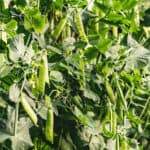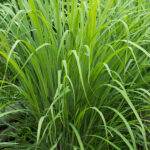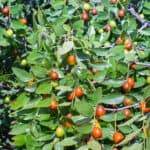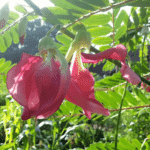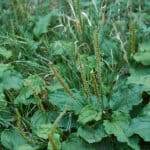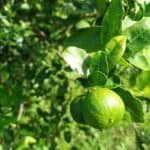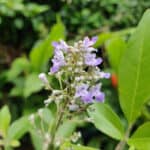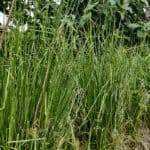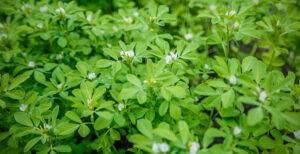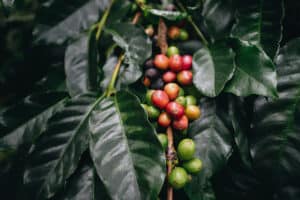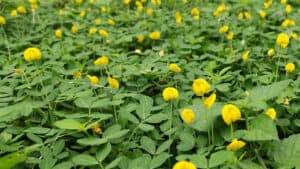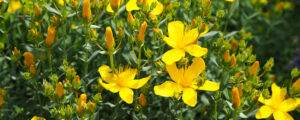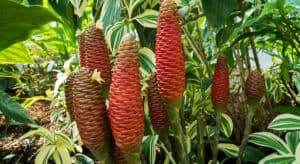The Magnificent Breadfruit
Few plants grant abundance and food security like the mighty Breadfruit. It is a long-lived tropical tree that produces hundreds of delicious and sizeable starchy fruits in a season. It easily rivals other contemporary carbohydrate sources and can be consumed similarly to starchy tubers like Potato, Taro, Cassava, and Sweet Potato. The main difference is that breadfruit is, well, a fruit! This means that once established it continuously provides these delectable fruits throughout the year.
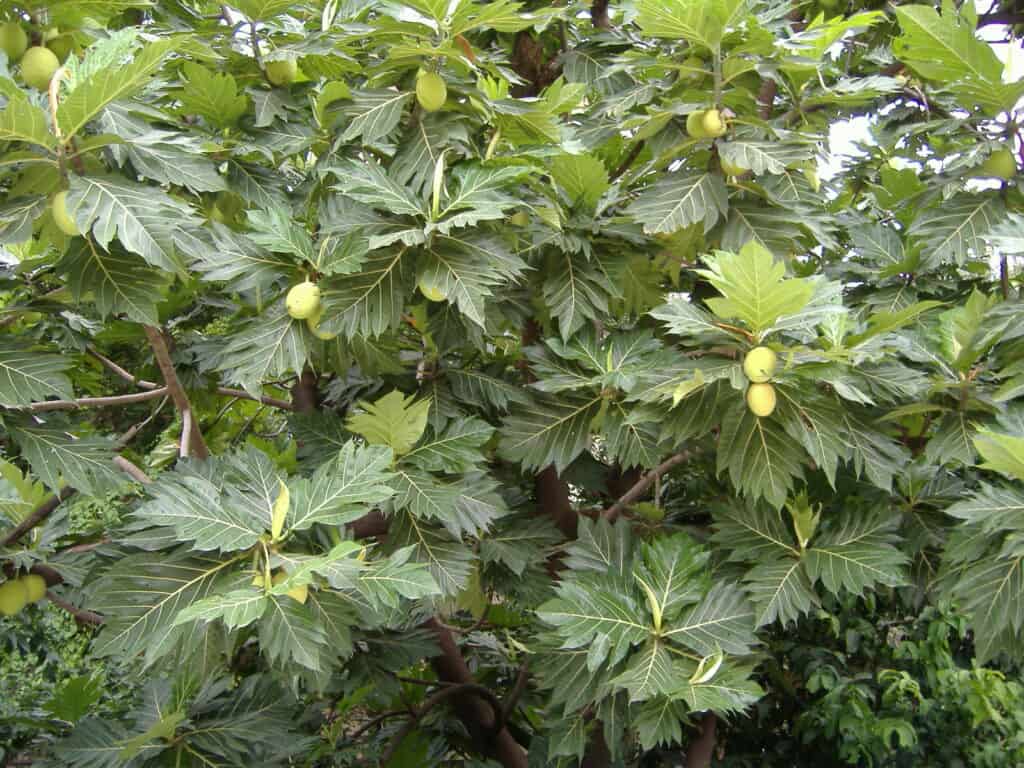
For many people, Breadfruit looks like something straight out of Jurassic park. The trees are large and magnificent, with humongous lobed leaves that grow easily a meter in size. Their green scaly fruit is seedless and about the size of a cannonball. With its exotic prehistoric look, one can easily fantasize dinosaurs and giant sloths coinciding with these spectacular trees. The entire tree produces white sticky latex on broken tissues.
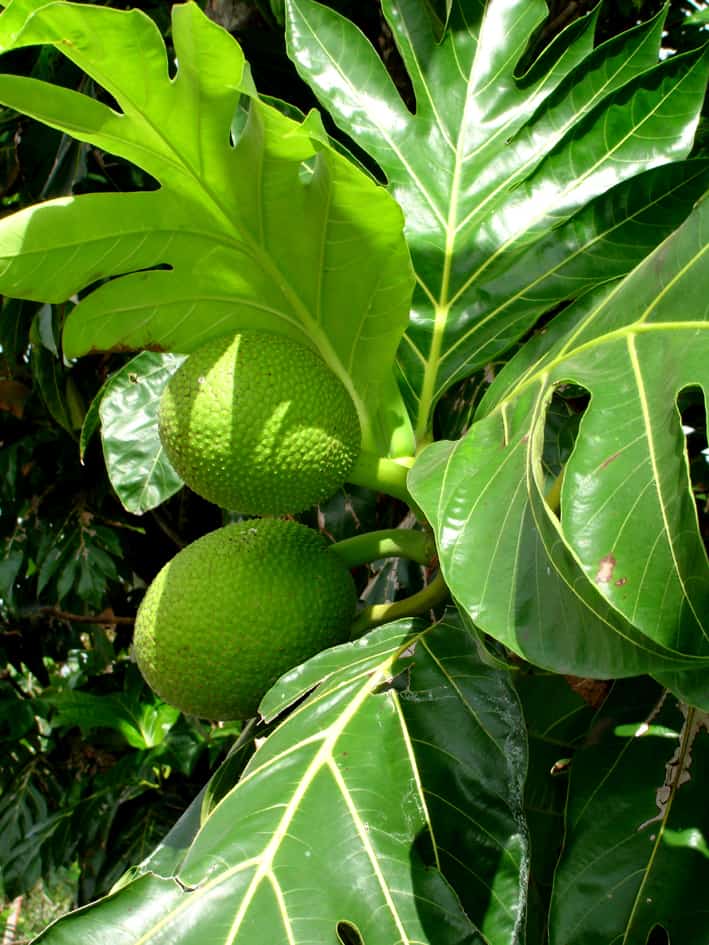
For use as a vegetable, the fruit is typically harvested once mature but before being fully ripe. At its optimal time of harvest, the fruit is fluffy but firm and white through the center. Like this, it can be cooked as a starchy vegetable. It is usually roasted, boiled, or fried. While it resembles a starchy tuber more than bread, it does have a light and fluffy characteristic with a flavor reminiscent of fresh bread.
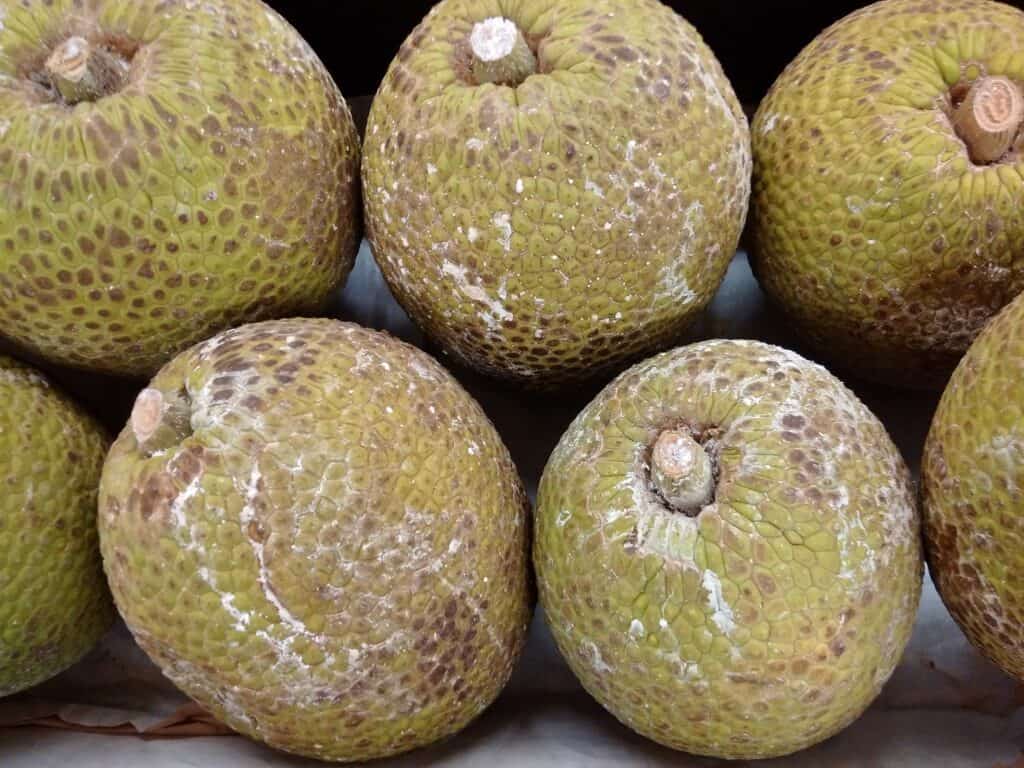
If left to ripen, these fruits turn into a sweet doughy custard-like pudding. Ripe fruit is delicious on its own but can also be prepared into a number of different appetizing desserts. Mature fruit will often fall from the trees with great velocity, ultimately splattering on the ground and rendering it inedible.
Origins and Taxonomy
Breadfruit is in the genus Artocarpus along with its better-known relative Jackfruit. Its scientific name is Artocarpus altilis. It is closely related to another food crop called Breadnut which is consumed for its seeds. Breadfruit is thought to have originated in New Guinea and the surrounding islands but has historically spread throughout the western Pacific Islands. Today, Breadfruit is a traditional food item in parts of Central America, South America, coastal West Africa, and the Caribbean.
While many people familiar with tropical plants think that Breadfruit is a seedless version of the Breadnut, this is actually a misconception. Breadnut actually has a different morphology in their fruit, flowers, and leaves that on closer inspection easily shows they are different species. There are known seeded breadfruit that occurs in the wild and likely represent the origins of the domesticated breadfruit. There are hundreds of varieties of Breadfruit in cultivation all of which are pretty similar in use and cultivation.
Cultivating Breadfruit
Growing breadfruit is relatively easy given that you have enough space and live in a tropical climate. They thrive in the heat of the wet low-land tropics but can grow up to 1000 meters in altitude. They don’t require much care, attention, or anything special and grow well in marginal soils. This being said, growth is quicker and more vigorous in fertile and well draining soils.
Breadfruit easily competes with the growth of secondary rainforests and will blend easily into a native canopy. Unless you’re very familiar with the tree you might have no idea of its presence within the jungle other than when you find the splattered mature fruits on the floor. These trees are often all that is left from old abandoned settlements that have been consumed by secondary forest.
Propagation
Breadfruit does not produce seeds and thus is propagated using vegetative tissues. The most traditional of these is through root suckers although there are other methods that have now been developed.
Propagation With Root Sucker
Breadfruit has a shallow root system with many surface-level adventitious roots. These regularly produce suckers which are useful in propagation. This is more common in older trees and tends to occur after pruning or when large branches are broken by storms. This will also readily occur after the removal of a breadfruit tree. Damaged and cut roots will often also produce suckers and their production is often induced by severing a root from its stock plant.
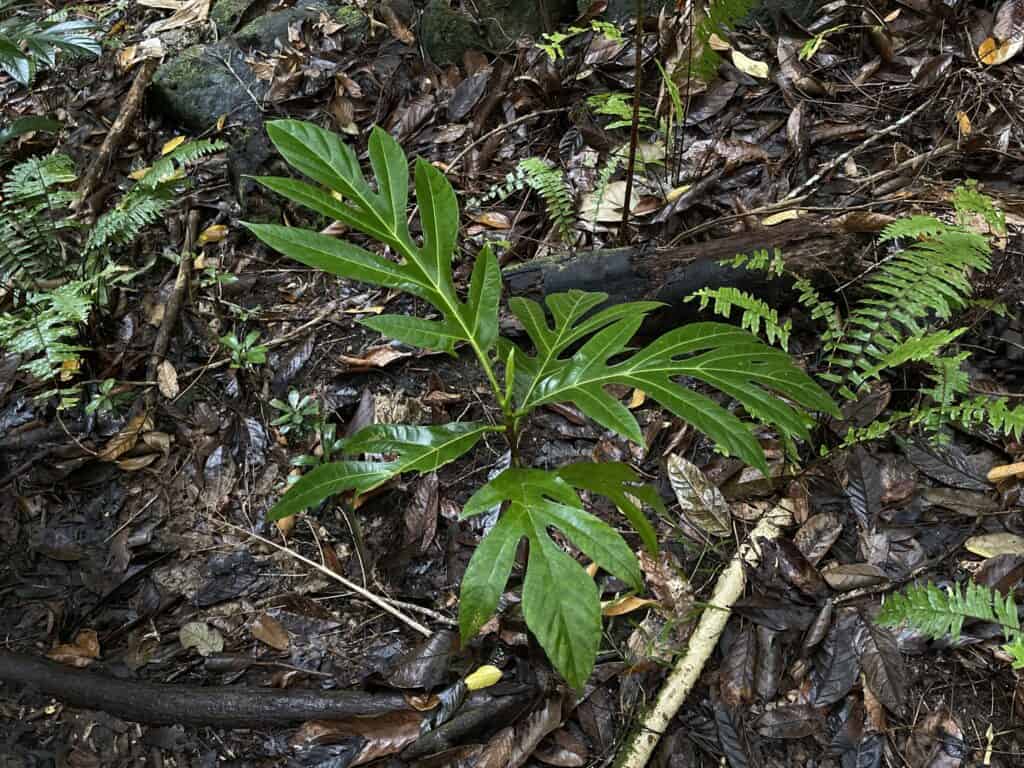
Step-by-Step Instructions
- Find a healthy sucker that is about 12 inches in height. Suckers up to 36” in height are suitable but not ideal. Suckers near the growing end of a root are ideal.
- Remove all but the top 2 leaves. In large suckers you can cut the main stem down to 12”.
- Using sharp loppers sever its connection to its mother plant about 6” away from the sucker. If necessary, do this on both sides.
- Remove the sucker attempting to take out as much of the attached root system as possible. If your sucker is at the end of a root, try to pull out the entire growing end of the root.
- Transplant into its new location. Ideally, do this when there is plenty of water but provide additional irrigation if necessary. Providing a shade structure can help if necessary.
- To improve the likelihood of survival you can transplant into a nursery and provide shade and regular moisture.
- Note: While this is the most traditional method, it should be noted that this technique does not always have a high survival rate. Survival rates for this method are as low as 25% when transplanted directly into the field. Establishing your root sucker in nursery conditions first will help increase its chance of survival. If your sucker dies back the underground root may still produce new growth so have patience.
Propagation With Root Cuttings
Root cuttings are an easy way to propagate a larger quantity of breadfruit plants than using the traditional root sucker technique. This process is usually carried out under nursery conditions and thus with proper care results in higher success rates.
Step By Step Instructions
- Find an adventitious root about 1-2” in diameter growing above or near the soil surface.
- Using sharp clippers or loppers cut this root into 3” pieces. It may be easier to remove a large section of root first and then proceed to cutting them into smaller pieces. These are your root cuttings.
- These cuttings now need to be planted in a shady environment into well-draining soil. Many people prepare above ground growing beds for larger production but you can also plant these directly into pots. About 1” in depth is perfect. A thin and fine layer of mulch will help retain moisture.
- Keep moist and in about 6-8 weeks you should have suckers developing from these root cuttings. If using growing beds, these root cuttings can now be transplanted into individual pots or grow bags.
- Remove additional suckers from your root cuttings leaving only 1 per cutting.
- In another 3 or 4 months your plants should be about 2-3 feet in height and ready for transplanting.
Other Propagation Methods
- Rooting Suckers – This method just involves removing suckers from roots (either directly from mother plants or during propagation of root cuttings) and inducing rooting with rooting hormone. Simply pluck (do not cut!) suckers from roots when they are around 6” tall, dip the end in rooting hormone, and place in a moist well draining soil. Remove any foliage to reduce plant stress.
- Air Layering – This will be done in the same fashion as air layering any other tree species. This technique will not be discussed in this growing guide.
- Grafting – This technique is not usually done but has been shown to be successful and can help in establishing more drought resistant plants. As a root stock you use a germinated breadnut and for the vegetative portion use fresh growth from a sucker. Since germinated breadnuts make a tap root this results in more drought tolerant plants.
Planting and Caring For Breadfruit
Breadfruit is one of the least fussy plants you can grow in a tropical climate. As long as it has enough room and access to water it grows with little effort. This being said, proper care can result in more vigorous growth, higher production, and an all around healthier tree. Pruning is also another important activity to control the size and shape of your trees. This is important to ensure ease of harvest and so it can properly fit into your design.
Planting
- Breadfruit prefers full sun and well draining soil. It is a tree so make sure it has plenty of space to grow.
- Dig a hole about 2x the size of the pot your sapling is in. To improve vigor mix in 5-10 gallons of compost with your native soil.
- When transplanting make sure to loosen the roots if they are at all root bound. Make sure not to damage the roots too much but if you remove a couple irregular roots that’s okay and will encourage new root growth.
- Do not plant your sapling too low. Aim to keep the soil surface uniform and symmetrical with that of the potted plant. If anything, planting slightly above the soil surface is okay, particularly in areas with excessive moisture or in soils with bad drainage. In soils with a tendency for waterlogging, planting in mounds may be recommended.
- Mulch generously around the plant but keep mulch away from the plant stems. This can encourage rot and disease.
- Make sure to provide enough water for the 6-12 months after planting if there are any dry spells.
Weeding, Mulching, and Fertilizing
As your tree develops, keep weeds and other vegetation around your tree under control. Keeping a zone 2-4 feet around your tree weed-free and well-mulched is ideal. The tree itself produces large mat-like leaves that are excellent mulching material. You can fertilize with compost as you see necessary. The tree can fend on its own without fertilization but a couple buckets of compost every 6-12 months will help speed its growth. Scorching and spots on older leaves indicate mineral deficiencies which can be remedied with compost. Deficiencies are common with trees grown planted in lawns.
Pruning
Pruning Breadfruit is recommended for several reasons
- It improves the yield and quality of fruit
- It improves tree health and resistance to strong winds
- Pruning helps control the size and shape of the tree so it can better fit into homes, landscapes, and permaculture designs.
- Finally, it improves the ease of harvest. Breadfruit has the tendency to grow tall and can become difficult to harvest. Pruning will save you a strained neck and the labor of harvest!
It is best to prune trees when they are healthy and the environmental conditions are favorable. Avoid pruning during dry spells, storms, and other unfavorable weather. Adding compost 3-4 weeks before pruning is also beneficial. All of this will favor healthy healing and post-pruning recovery. Also, consider that the sticky latex produced by the tree can be messy and not so great for clothing.
Like all agricultural practices, there are many different beliefs about what the best method for pruning is. The best method may actually vary depending on your environment and cultural context. Consider consulting with a local expert if you have any doubts.

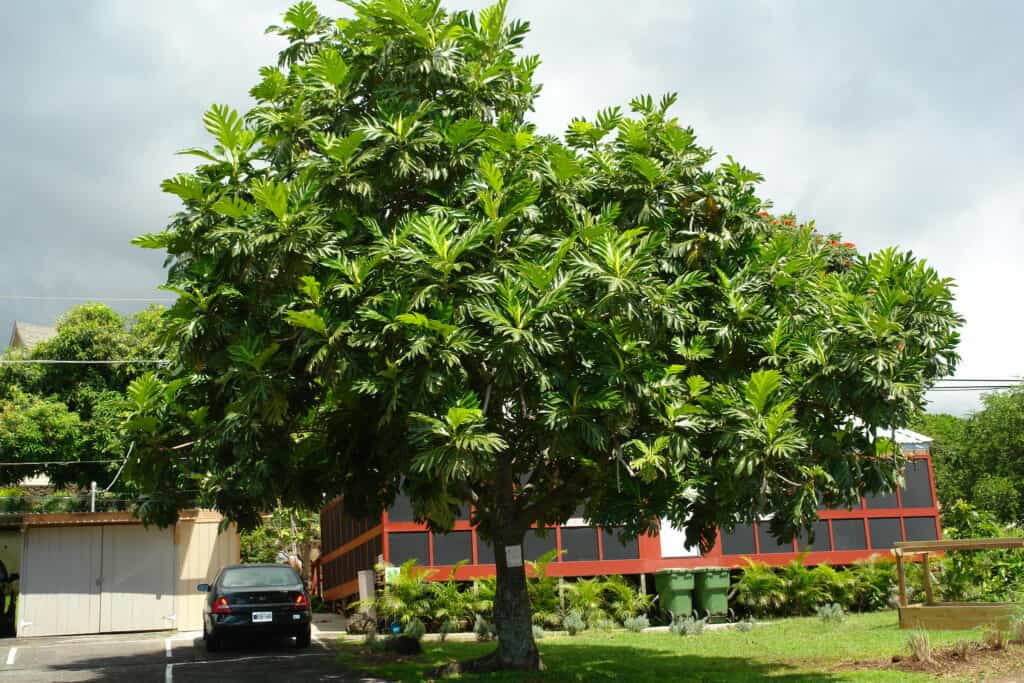
Pruning Young Trees
- The first pruning can be done once the tree is 5 feet in height or about 2-3 years old. If they’re a bit larger than this, that’s no problem.
- You’ll want to cut the main apical stem between the 4-5 ft mark. Make sure to do this at a 45 degree angle so the water drains properly and does not collect on the stem. Some growers will cover this cut stem with the cut bottom of a plastic water bottle or bowl to provide further protection.
- You will want to choose about 4 evenly spaced branches along your main stem to become your new fruit-bearing branches. The top branch should be 3-4 inches from your top cut.
- Your top branch will become your new leading branch and you can allow it to continue growing in the upwards direction.
- The lower branches will instinctively want to grow upwards but can be gently encouraged to grow in a horizontal direction. This can be done by placing weights near the end of the branches or by tying them down.
- Over time you will want to continue pruning your tree to keep it at a height of around 15 feet. Yearly prunings should be conducted to keep the height around the size and to avoid having to prune large branches.
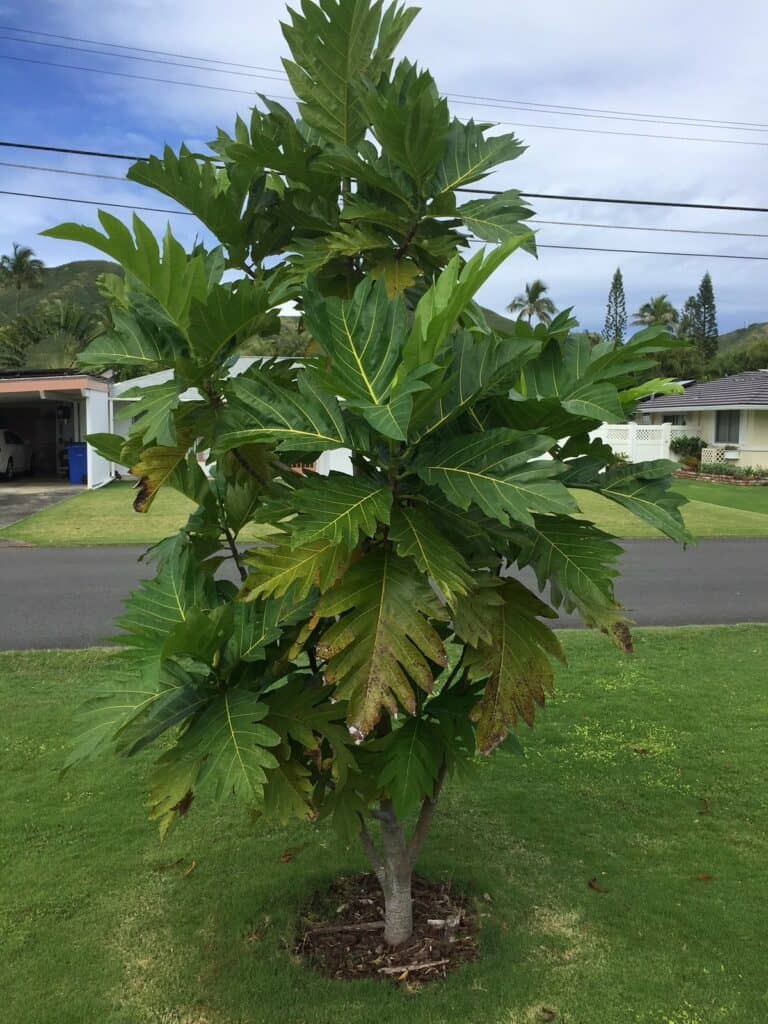
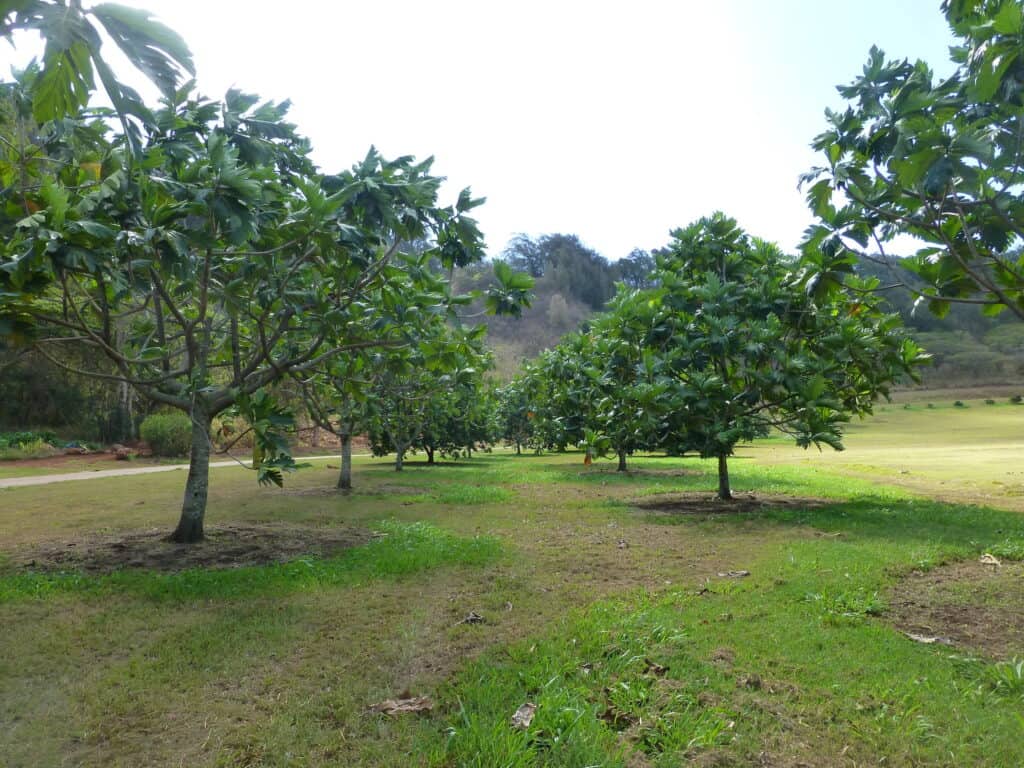
Pruning Mature Trees
- Mature breadfruit trees can be extremely large. It is important to conduct pruning safely and with caution to not hurt yourself or the tree. Consider consulting or hiring a professional arborist
- Breadfruit usually takes pretty well to pruning and large trees can often be cut back drastically to form 10-15 foot trees.
- Pruning should ideally be conducted while the tree is not in flower and after harvesting.
- You can begin by cutting all dead and diseased branches.
- Slowly start trimming back branches from the top until you have reached your desired height for the tree. Top the tree by cutting the leading trunks at a 45-degree angle.
- Remove branches that are touching, crossing, and growing towards the center of the tree. The goal is to encourage the growth of horizontal branches and to open up sunlight/airflow.
- Again, working with an experienced arborist for particularly large and aged trees can be beneficial. Don’t be shocked or upset if the change looks dramatic, the tree will recover!
Harvesting and Consuming
Harvesting
Harvesting is conducted about 16-20 weeks after flowering. For use as a starchy vegetable Breadfruit should be fully mature but not ripe. Immature fruit is technically edible but has a rubbery texture that is not ideal for most dishes. A mature breadfruit should be green in color, smooth, and with a firm texture. Immature fruit is spiky. Once you see small drops of latex and some brown stains on the surface of the fruit you know it is ready for harvesting. As the fruit ripens the color will go from green to a pale yellow. Raipe fruit is soft, sweet, and with a fragrant aroma.
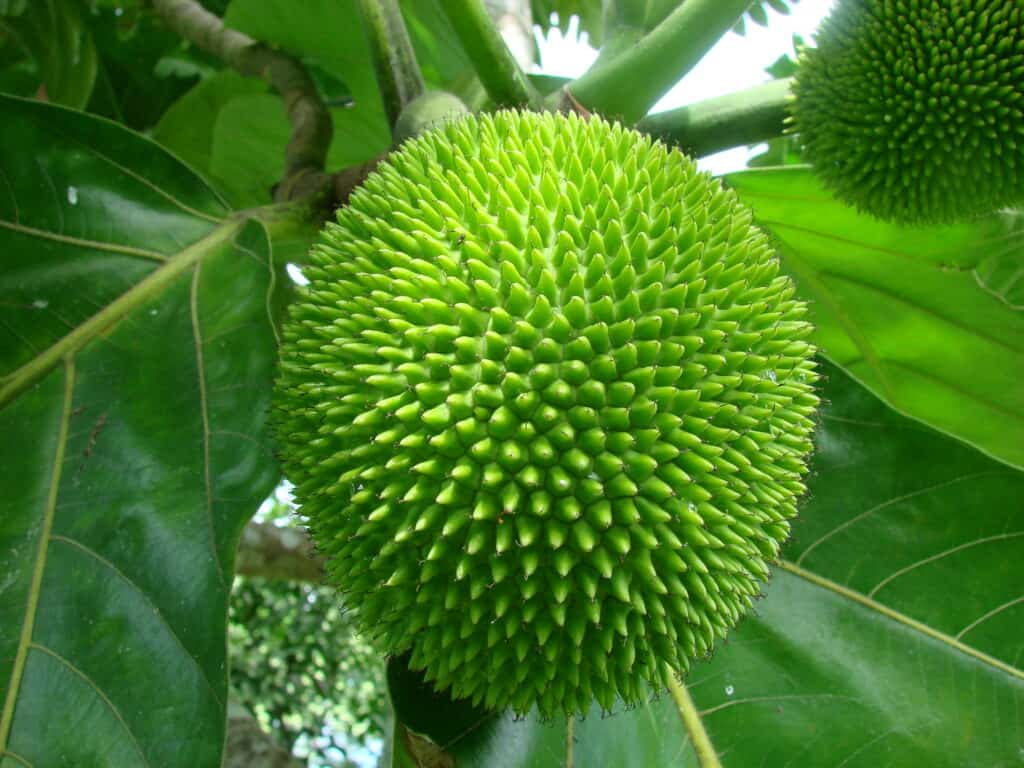
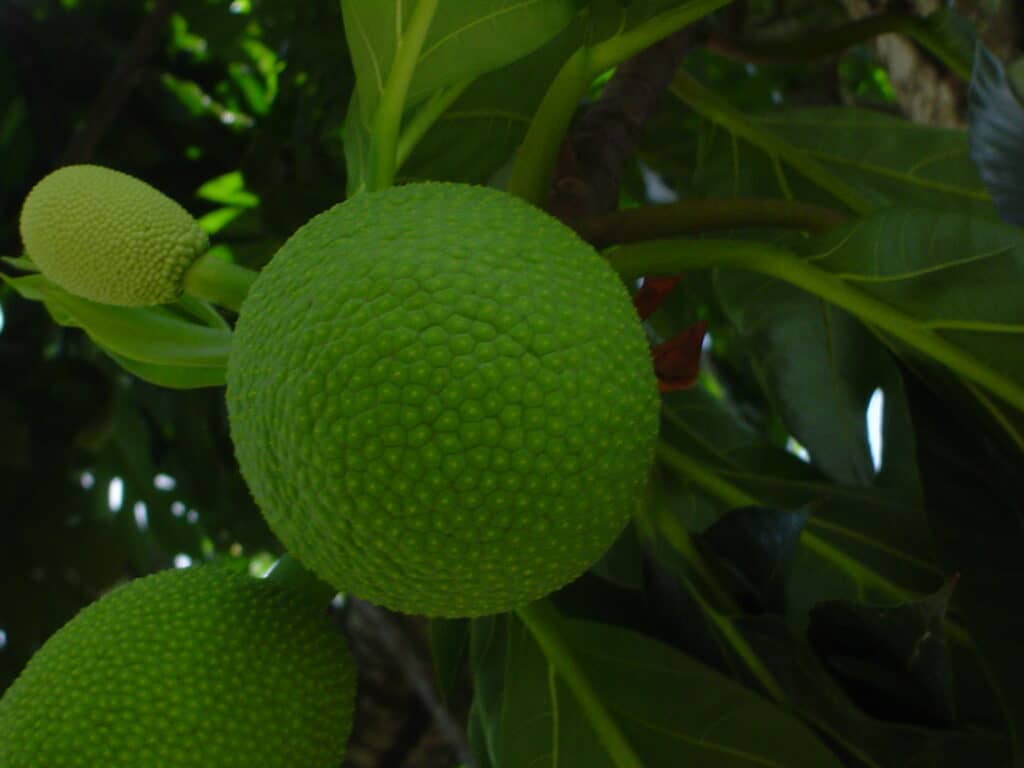

Depending on the size of your tree, harvesting may be easy or difficult. Large trees will require climbing, extremely large pruning poles, and potentially teamwork. The fruit should be cut by cutting the stem of the fruit directly from the branch. If you are harvesting for immediate use you can allow the fruit to fall from the tree and hit the ground. As long as it is not too ripe, the fruit will not suffer too much damage. If you plan to store the fruit you should try to avoid damaging the fruit with impacts from falling. This will cause the fruit to soften and become ripe quickly. To do this it is best to have an assistant who can catch the fruit by hand or with the assistance of a net.
Once the fruit is down you can let the latex drain from the cut stem for 5-10 minutes before bringing it into the kitchen. Unripe breadfruit will usually ripen in 4 or 5 days. Ripe fruit is no longer valuable as a starchy vegetable but can be consumed as sweet custardy fruit.
Consuming
As a vegetable unripe breadfruit can be consumed in a number of ways. It is essentially cooked like a starchy root vegetable. This means it is firm when raw and slowly softens as it becomes cooked. The skin of the breadfruit is not typically consumed nor is the inner core.
Fried breadfruit is a common delicacy and involves cutting the fruit into thin half-moon slices and frying them in oil. These are as good if not better than any potato chip you’ve ever had. Entire fruits can be roasted in a fire as is traditionally done in Jamaica and known as “Jamaican Style Breadfruit”. Fruit can also be cut into small pieces and boiled or mixed into a stir fry.

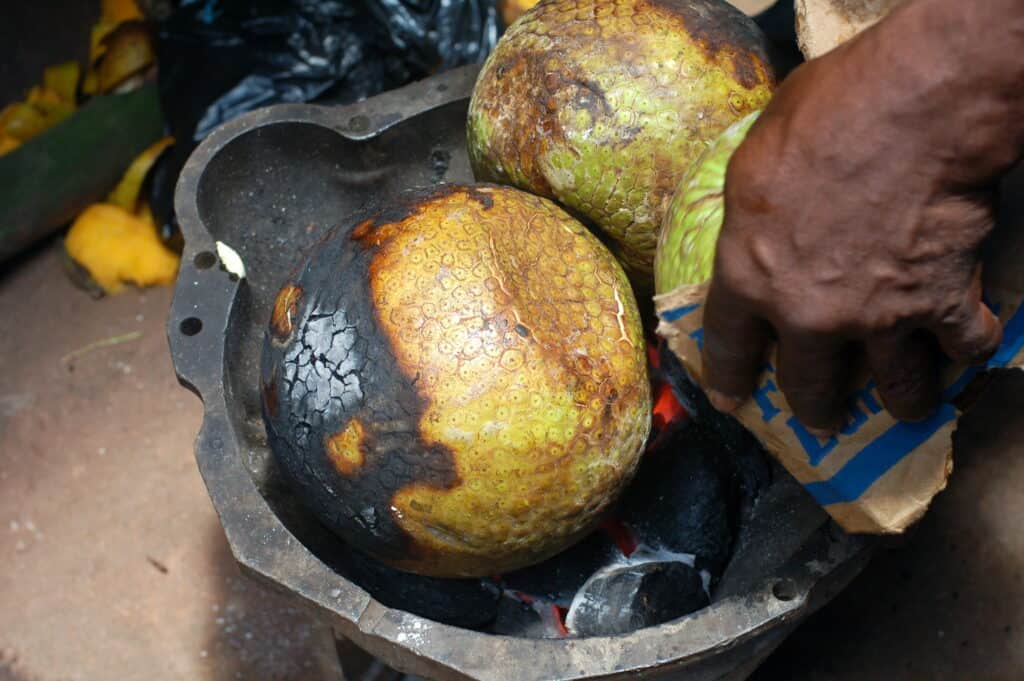
The ripe fruit can be eaten on its own as a sweet custard. Alternatively, it can be mixed into all sorts of desserts or smoothies. It also makes an excellent frosting or sweet sauce to accompany desserts.
Breadfruits can also be dried and powdered into flour. This makes an excellent ingredient for pancakes, crepes, and cakes. It’s a great way to store excess breadfruit if you have the time and resources to make it.
Conclusion
Breadfruit is an amazing and generous tree. It requires very little attention and care, yet provides an absolute abundance of food. It is an absolute gem to have in a tropical permaculture design and ensures food security for ages to come. Best of all, breadfruit is extremely delicious and versatile food! There is a good reason why it has been praised by countless cultures and today is being regarded as an excellent option to help combat hunger worldwide.

